DEXT COMPUTER
The DEXT computer will use a combination of retro and new technology to achive an easy to manufacture, economical, and powerful computer/microcontroller.
It will be great for home automation, diy projects, programming, etc.
It uses a soft processor called the Plasma Cortex, implemented on the Spartan 6 LX9 FPGA.
This computer will aim to support several programming languages including:
- DEXT (homebrew language :D)
- BASIC
- C
- (hopefully) Java
- (hopefully) Python
- Terminal Script
programs built in:
- Terminal
- DEXT Programming IDE
- Text Editor
- File Explorer
- Music/audio player
Hardware capabilities:
- Wifi
- Bluetooth
- PS2/USB Keyboard and mouse
- VGA Video output
- Storage space (SD Card)
- Serial port
- GPIO
- Audio
- SPI Expansion slots
 london almida
london almida
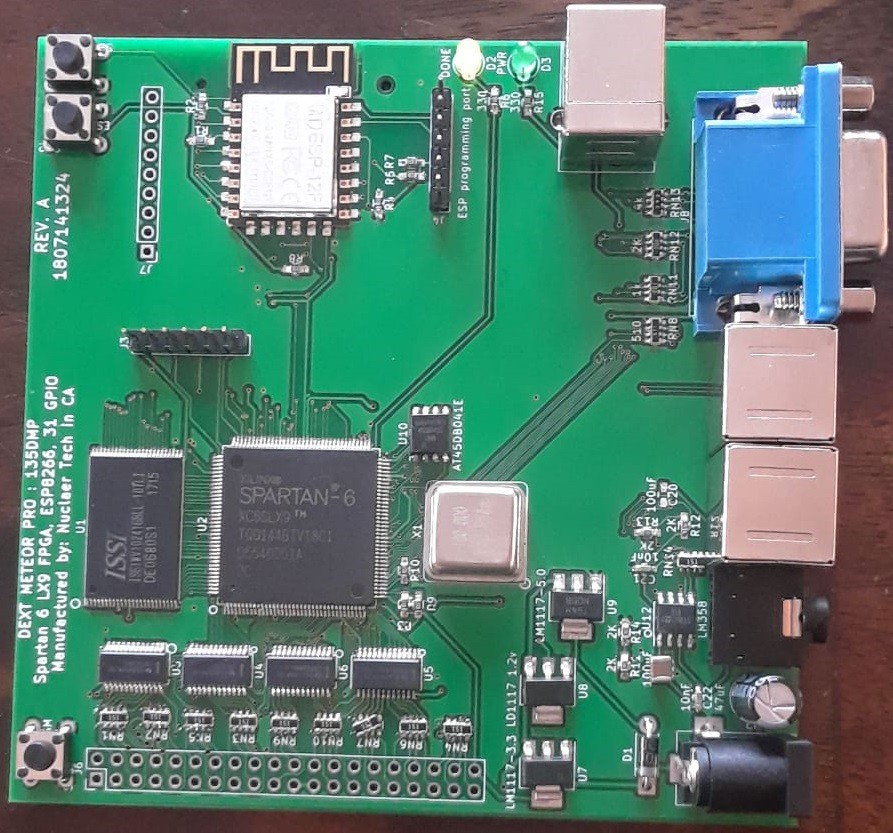

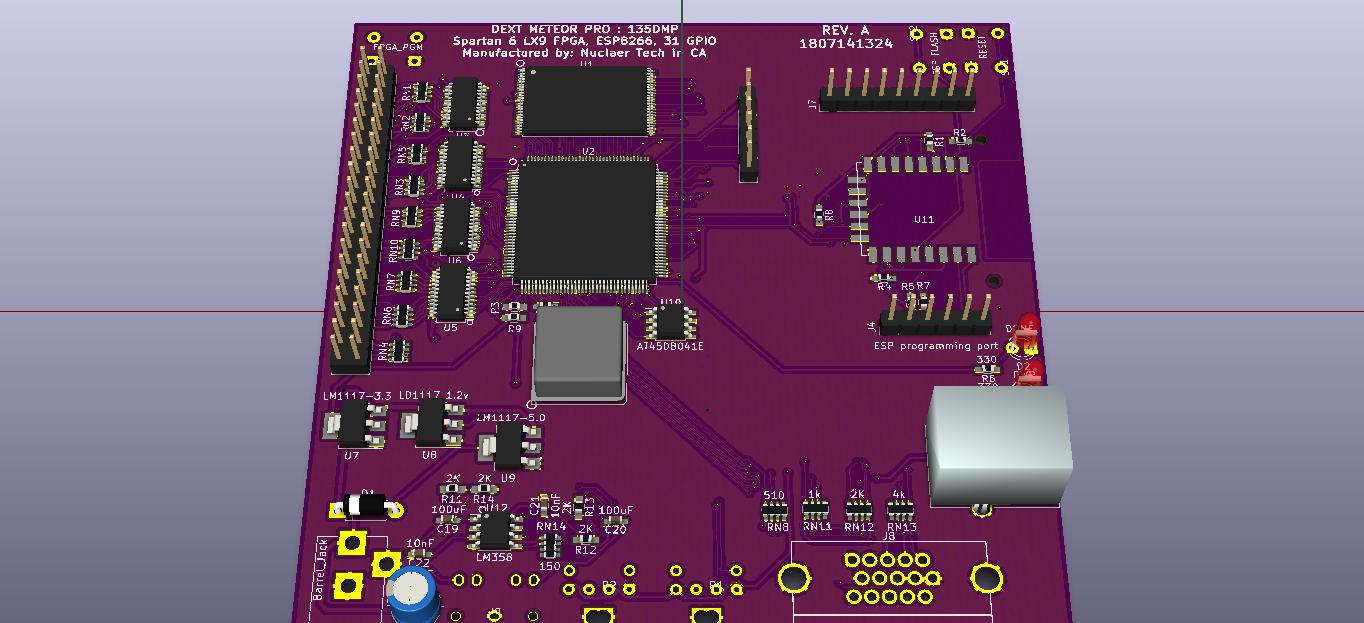
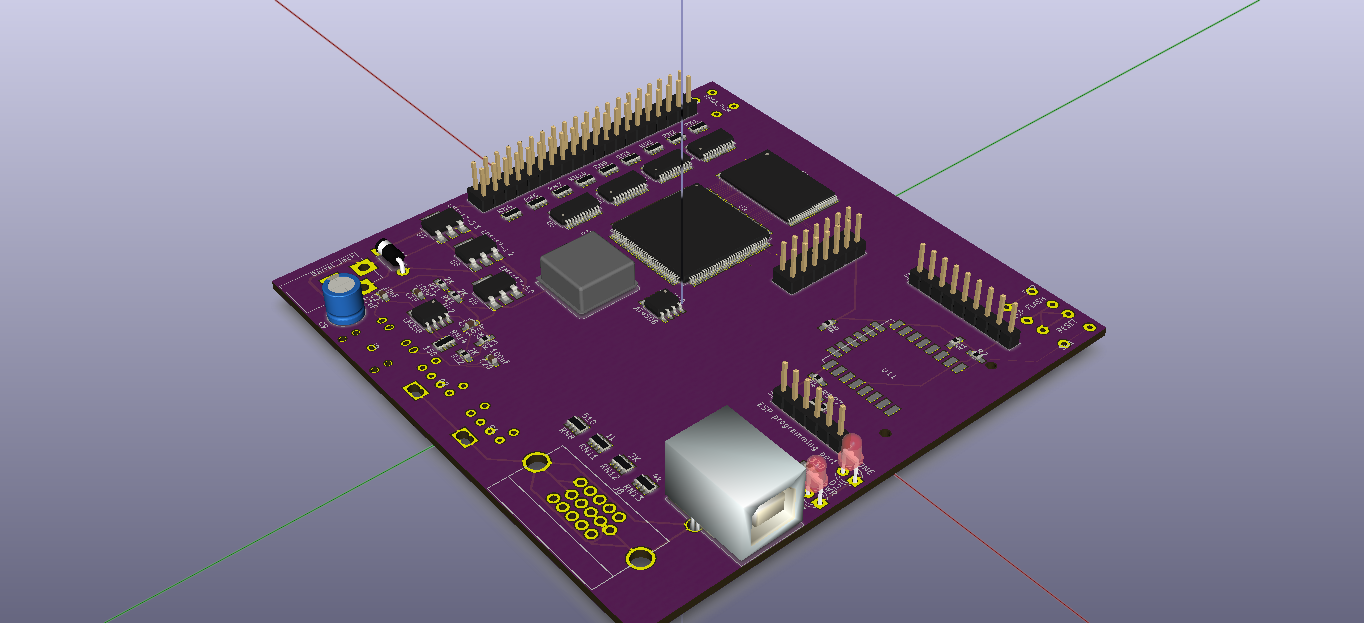
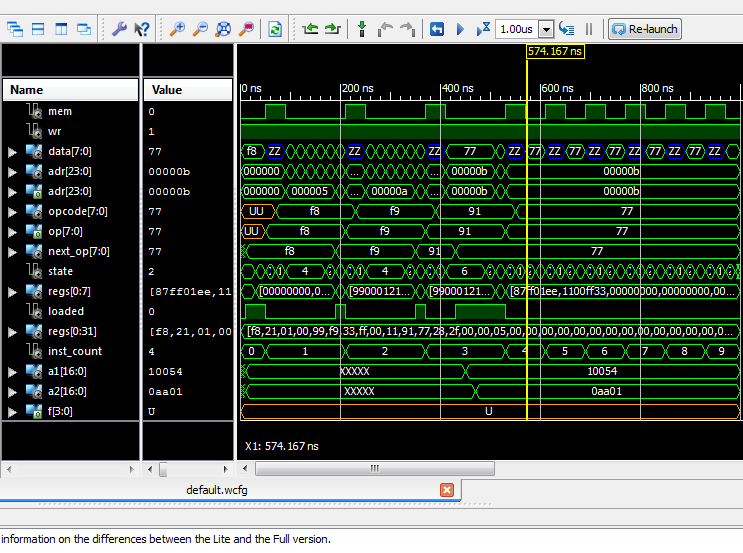
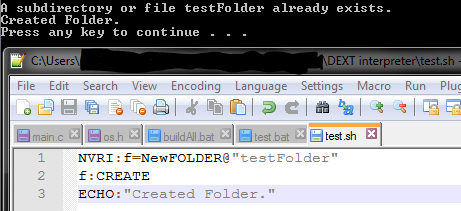



 Clyde Shaffer
Clyde Shaffer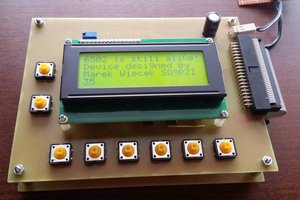
 Marek Więcek
Marek Więcek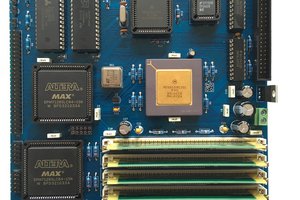
 Tobias Rathje
Tobias Rathje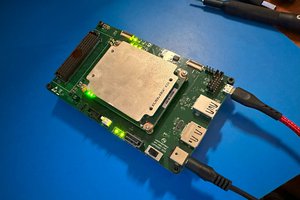
 Chance Reimer
Chance Reimer
Hello, nice project.
@Dylan Brophy I understand that you have switched to this new project, right? Is it the same architecture than your previous project "FPGA computer"?
How do you share the job between you 2? I see only posts from Dlan, not from Almida...
Last topic : I see that you just deleted the last post "we need programmers". Why? Do you plan "professionnal applications" for this project? Or is it just for fun?